1. Gilligan’s Island Was Meant to Be a Political Allegory
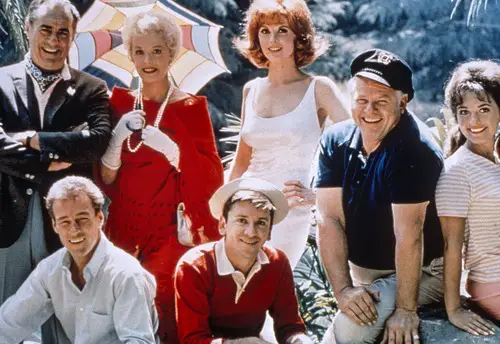
At first glance, Gilligan’s Island seems like nothing more than a lighthearted tropical romp. But series creator Sherwood Schwartz revealed that each character was actually meant to represent a different segment of American society—making the island a symbolic version of the United States. The Skipper was authority, Gilligan was the average man, and the others represented everything from capitalism to academia shares the Washington Post. Wild, right?
While most of that deeper meaning flew over viewers’ heads, it adds a whole new layer when you rewatch it now. Schwartz even said that he didn’t want to hit people over the head with the message, just sneak it in. Looking back, it’s amazing how something that seemed so silly could have such a subversive edge says SlashFilm. Who knew that a guy who couldn’t fix a hole in a boat was actually part of a grand metaphor?
2. The Cast of Friends Had a Secret Pact
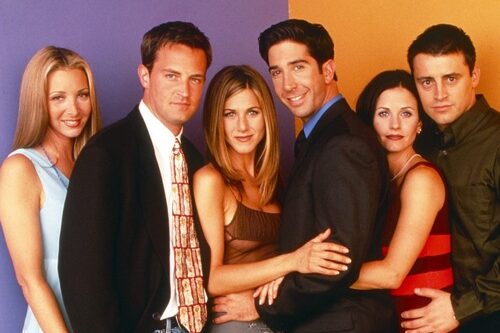
By the third season, the cast of Friends was a full-blown phenomenon, but behind the scenes, they were all about unity. Instead of negotiating separate salaries, the six actors banded together and demanded equal pay—something almost unheard of at the time. It wasn’t just a sweet idea, it worked. Eventually, they were all earning $1 million per episode, and no one got left behind shares Parade Magazine.
Their loyalty made waves in Hollywood, setting a new standard for ensemble casts. That group bond was real, and you can feel it in the episodes. They reportedly even helped each other run lines between takes. Honestly, that kind of behind-the-scenes camaraderie makes you love the show even more adds Yahoo.
3. I Love Lucy Pioneered the Rerun
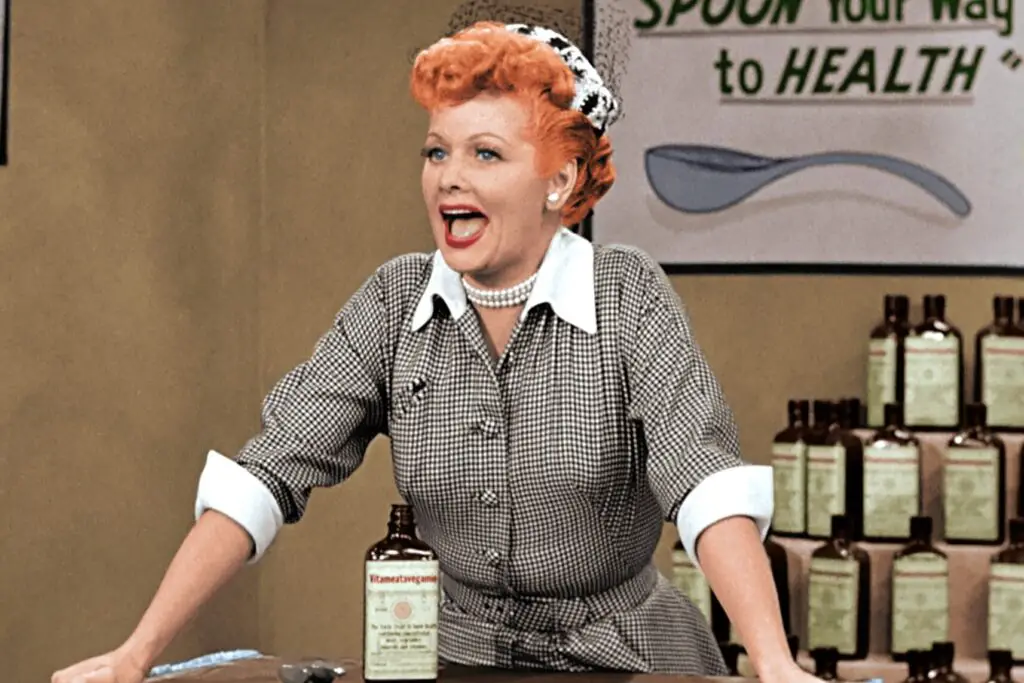
We take reruns for granted now, but we have I Love Lucy to thank for the concept. When Lucille Ball became pregnant during the show’s run, she needed a break from filming, so Desi Arnaz came up with the idea to re-air earlier episodes. That simple decision changed television forever.
It also gave CBS a major cash cow. The reruns were such a hit that networks realized they could keep making money off existing shows. Desi and Lucy were not just comedy legends, they were television trailblazers. Who knew maternity leave would lead to such an industry-altering move?
4. Cheers Was Almost Canceled After Its First Season
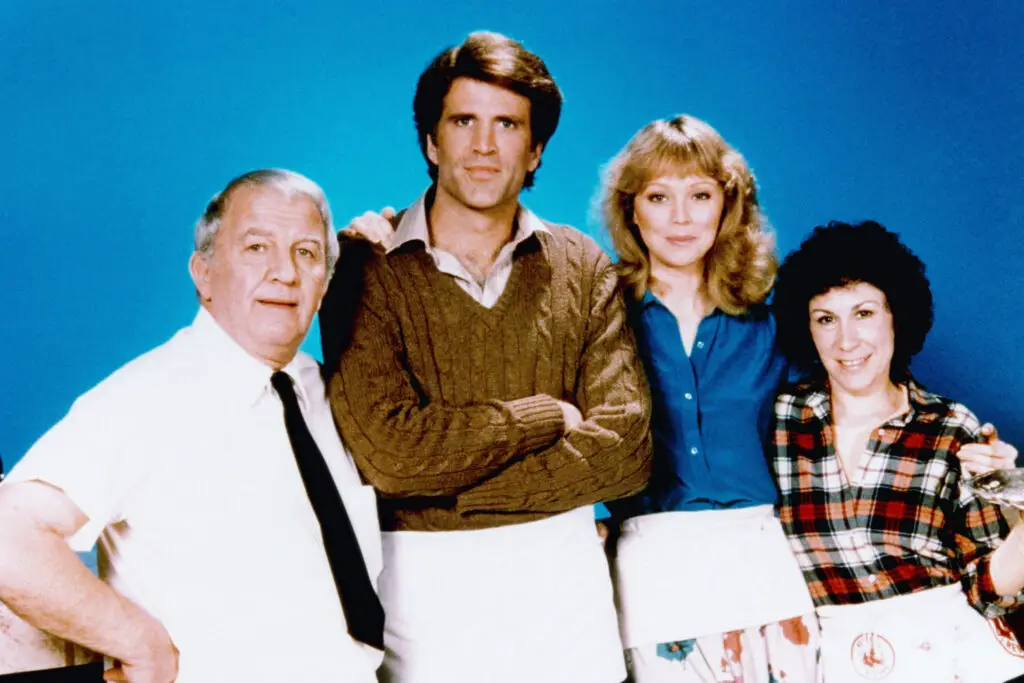
It’s hard to imagine now, but Cheers was a ratings disaster when it first aired in 1982. Out of 77 shows that season, it ranked a depressing 74th. NBC almost pulled the plug, but producers and a few loyal execs believed in the cast and the writing. Thankfully, they held on.
Word of mouth spread, and the show slowly climbed in popularity. By the time it wrapped in 1993, it was one of the most beloved sitcoms in TV history. Sometimes, you just need to give a show time to find its footing. Imagine if we never got to hang out with Norm and Cliff at the bar.
5. The Cast of The Brady Bunch Had Real-Life Crushes

When you’re stuck on set for hours with the same people, sparks can fly—and that’s exactly what happened with the Brady kids. Barry Williams (Greg) admitted he had a huge crush on Florence Henderson (Carol), which is both endearing and a little awkward. Meanwhile, Maureen McCormick (Marcia) and Barry had a flirtation that occasionally turned into real kisses offscreen.
Their chemistry bled into the show in ways viewers may not have realized. That sweet sibling dynamic had some real-life tension hiding under the surface. Looking back, it’s wild to think that while we were watching a squeaky-clean family sitcom, teenage hormones were fully raging behind the scenes. Puberty waits for no TV schedule.
6. The Golden Girls Didn’t All Get Along
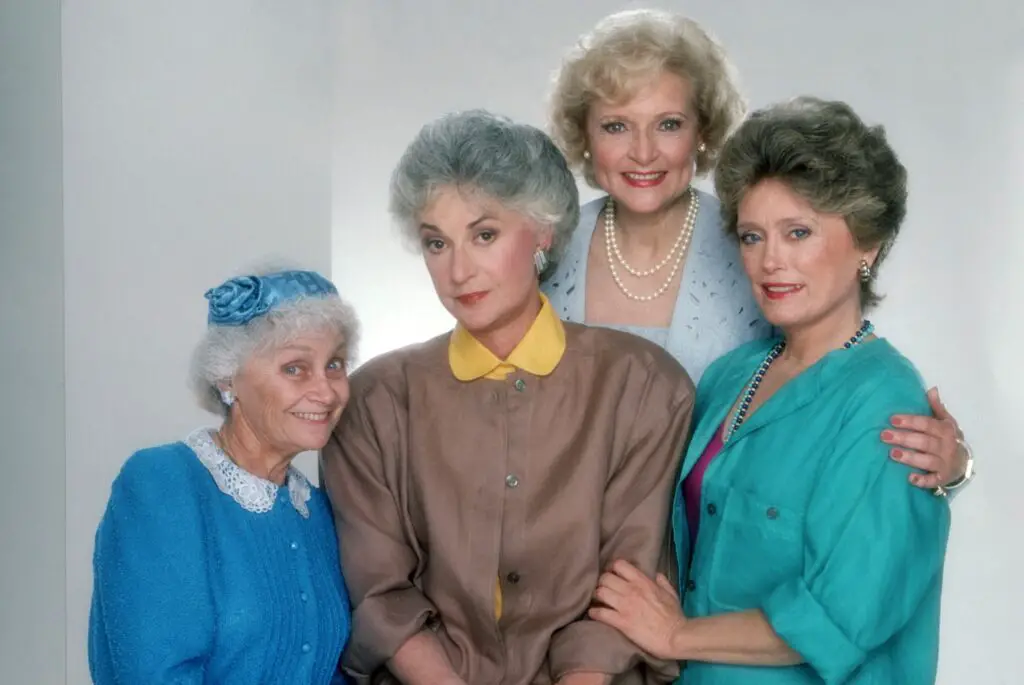
It’s hard to believe, given the on-screen magic, but the ladies of The Golden Girls weren’t exactly best friends off camera. Bea Arthur and Betty White had very different personalities, and it sometimes led to friction. Arthur reportedly found White’s perpetual cheeriness a bit grating, and she wasn’t shy about saying so. Still, they remained professional and delivered brilliant performances.
It just goes to show that great chemistry on screen doesn’t always mean friendship behind it. The tension may have even added some zing to their scenes together. As Rue McClanahan once said, they were pros who showed up and did the work. That’s the magic of TV—you’d never know there was drama behind all those laughs.
7. Seinfeld’s “No Hugging, No Learning” Rule
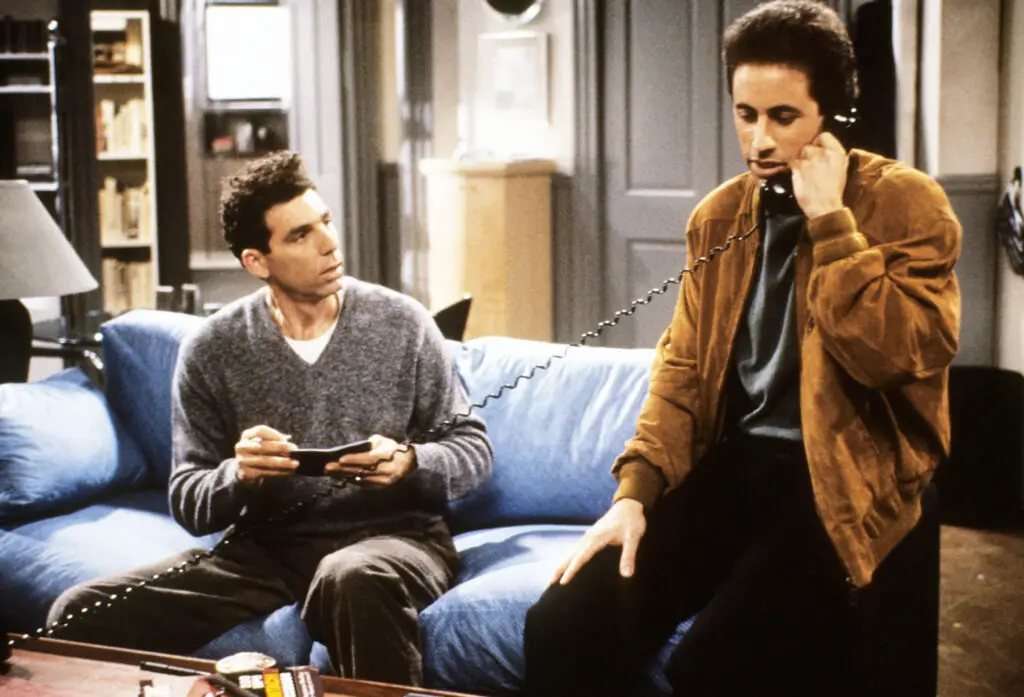
Seinfeld famously broke the sitcom mold with one strict guideline: no hugging, no learning. Co-creator Larry David wanted to avoid the typical “very special episode” vibe, so the characters rarely grew or showed emotional warmth. That’s why you’ll never see a sappy lesson at the end of an episode.
This approach gave Seinfeld its signature edge. The gang never really changed, and that was the point. It was all about small absurdities and selfish behavior, which somehow made it even more relatable. Ironically, this anti-sitcom rule made it one of the most iconic sitcoms ever.
8. The Full House Twins Almost Weren’t Olsen Twins
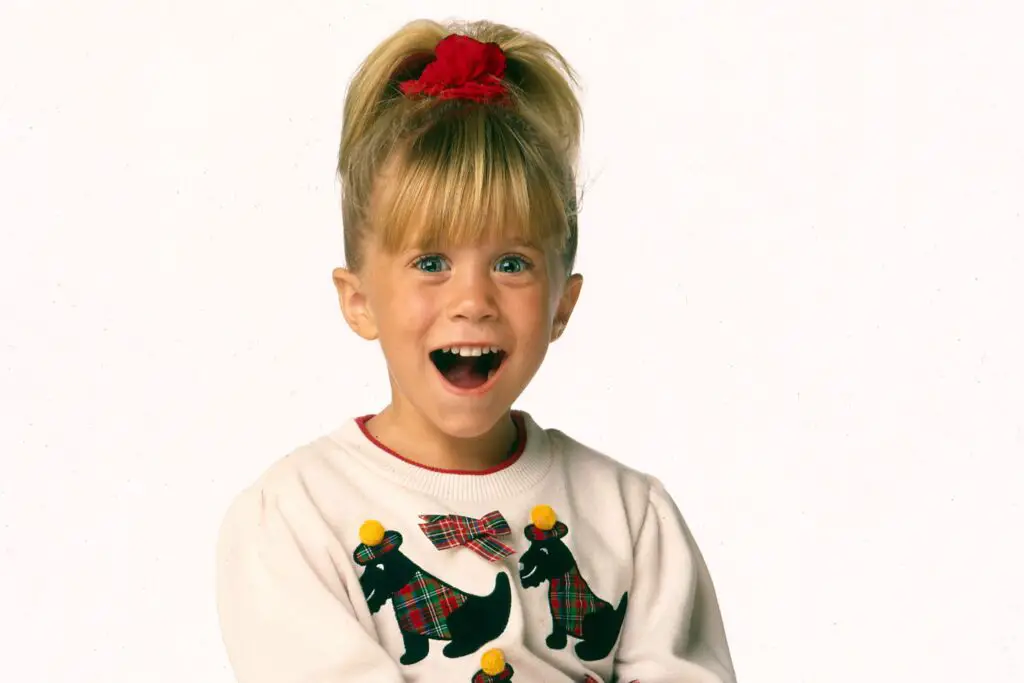
Mary-Kate and Ashley Olsen weren’t the only babies who auditioned to play Michelle Tanner. In fact, the producers originally cast another set of twins but had to replace them because they cried too much. The Olsens were chosen largely because they were calmer and could handle the long filming days.
Even then, producers tried to hide the fact that Michelle was played by two people. The credits originally listed “Mary-Kate Ashley Olsen” as if it were one name. As the girls got older, their individual personalities began to show, and they eventually became household names. It’s hard to picture Full House without those two now.
9. The Office Cast Trained Like It Was a Real Job
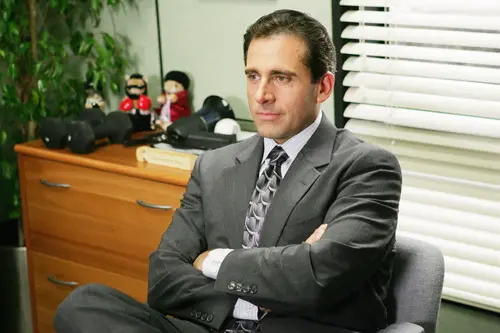
To make the Dunder Mifflin crew feel authentic, the actors on The Office actually went through workplace training. Before filming, they spent time learning office protocols and even did mock tasks at their desks. The goal was to make everything feel as real as possible.
That’s why you often see background actors doing actual work instead of just sitting silently. They weren’t just extras, they were part of the world-building. The attention to detail helped create a vibe that made you feel like you were watching real people, not just characters. No wonder the show feels so lived-in and genuine.
10. M*A*S*H’s Finale Was Watched by Over 100 Million People
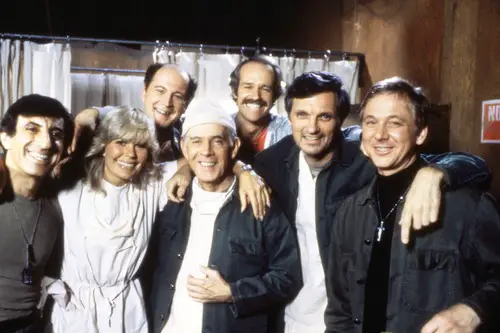
When M*A*S*H aired its final episode in 1983, it pulled in more than 105 million viewers, making it the most-watched television episode in American history at the time. That’s more than many Super Bowls. The show had grown far beyond its sitcom roots, blending comedy with deep emotional storytelling.
The cast reportedly wept during their final table read, and who could blame them? After 11 seasons, it had become a family. The finale, titled “Goodbye, Farewell and Amen,” was longer than a usual episode and packed a serious emotional punch. It marked the end of an era, and people across the country watched it together.
11. Happy Days Coined the Phrase “Jump the Shark”

You’ve probably heard someone say a show has “jumped the shark,” but that phrase actually started with Happy Days. It comes from a 1977 episode where Fonzie literally jumps over a shark on water-skis. Fans and critics alike felt it was the moment the show lost its touch.
Ironically, Happy Days continued for several more seasons after that. But the phrase stuck and became pop culture shorthand for a show taking a bizarre or desperate turn. Even the cast laughs about it now. Fonzie may have jumped a shark, but he also jumped into TV history.
12. Bewitched Switched Darrins and Hoped You Wouldn’t Notice
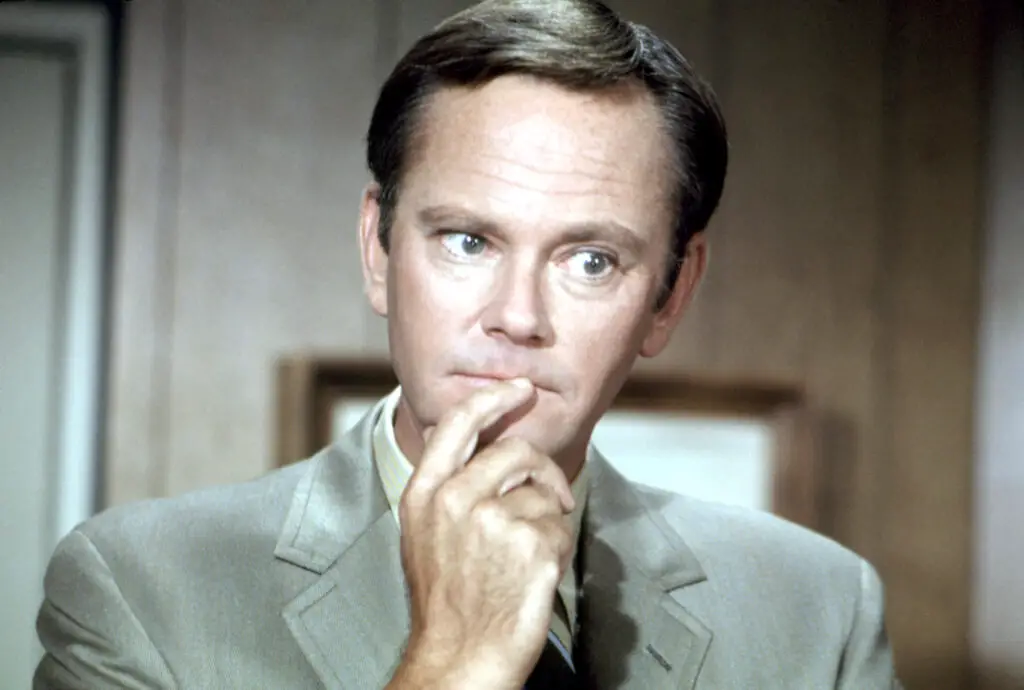
Long before we had Twitter to call out casting changes, Bewitched swapped out its lead actor mid-series. Dick York originally played Darrin Stephens, but due to health problems, he had to leave. The producers brought in Dick Sargent and just… hoped everyone would go along with it.
There was no in-show explanation, no magical spell to cover it—just a different face playing the same guy. Viewers were a bit confused, but ratings held steady. To this day, people still debate who was the better Darrin. It’s one of TV’s earliest and boldest casting shake-ups.
